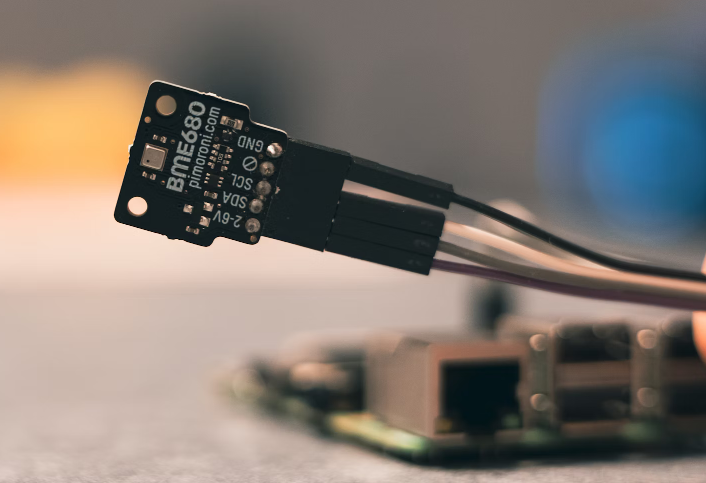The advancement of smart drug delivery device development is transforming how medications are administered, ensuring precision, efficiency, and personalization in patient care. With innovations in engineering, connectivity, and biomaterial science, smart drug delivery device development has become a cornerstone of modern healthcare. These devices are tailored to deliver medications at the right dose, time, and location, revolutionizing treatment outcomes and enhancing patient adherence.
This comprehensive guide explores the evolution, benefits, challenges, and future trends in smart drug delivery devices, showcasing how they enable personalized care.
Table of Contents
What Are Smart Drug Delivery Devices?
Smart drug delivery devices are engineered systems designed to administer medications in a controlled and efficient manner. Unlike traditional methods, these devices incorporate advanced technologies such as sensors, wireless connectivity, and data analytics to provide:
- Precision Delivery: Accurate dosing based on patient needs.
- Personalization: Tailored medication regimens for individual conditions.
- Automation: Reduced need for manual administration.
- Real-Time Monitoring: Continuous tracking of medication adherence and effectiveness.
Applications of Smart Drug Delivery Devices
1. Diabetes Management
- Example Devices: Smart insulin pens and continuous glucose monitors (CGMs).
- Functionality: Deliver insulin doses based on real-time glucose readings, reducing the risk of hypo- or hyperglycemia.
2. Oncology
- Example Devices: Implantable infusion pumps.
- Functionality: Provide controlled delivery of chemotherapy drugs, minimizing side effects and improving patient comfort.
3. Chronic Pain Management
- Example Devices: Intrathecal drug delivery systems.
- Functionality: Administer pain-relief medications directly to the spinal cord for long-term relief.
4. Hormonal Therapies
- Example Devices: Wearable hormone delivery patches.
- Functionality: Offer consistent hormone delivery, aiding in treatments like contraceptive therapy or thyroid conditions.
5. Vaccination and Preventative Care
- Example Devices: Microneedle patches for vaccine delivery.
- Functionality: Enable painless, self-administered vaccinations without the need for syringes.
Benefits of Smart Drug Delivery Device Development
1. Enhanced Precision
Smart devices use sensors and feedback mechanisms to ensure accurate dosing, reducing medication errors and improving treatment outcomes.
2. Improved Patient Adherence
Features like reminders, auto-dosing, and real-time alerts encourage patients to follow prescribed regimens.
3. Personalization of Care
Devices integrate patient-specific data, enabling tailored medication plans for optimal efficacy.
4. Minimization of Side Effects
Targeted delivery systems reduce systemic exposure, focusing medication effects on specific areas.
5. Convenience
Wearable and automated devices allow for seamless integration into daily life, reducing the burden of frequent clinic visits.
Key Features of Smart Drug Delivery Devices
1. Sensors and Feedback Systems
- Monitor physiological parameters such as blood glucose, heart rate, or pain levels.
- Adjust medication dosages in real time.
2. Connectivity
- IoT-enabled devices transmit data to healthcare providers for remote monitoring and adjustments.
- Integration with apps for patient engagement and adherence tracking.
3. Biocompatible Materials
- Use of materials that minimize adverse reactions and ensure device longevity.
4. AI and Machine Learning
- Analyze patient data to predict medication needs and optimize dosing schedules.
5. Multi-Modal Delivery
- Devices capable of administering multiple drugs simultaneously or sequentially.
Challenges in Smart Drug Delivery Device Development
1. Regulatory Compliance
Smart devices must meet stringent FDA, CE, and ISO standards, including those for drug-device combination products.
Solution: Early engagement with regulatory experts and integration of compliance frameworks into the design process.
2. Data Security and Privacy
The connectivity of these devices exposes them to cybersecurity risks, particularly regarding sensitive health data.
Solution: Implement robust encryption, secure data protocols, and adherence to HIPAA and GDPR regulations.
3. Cost of Development
Advanced technologies can make development expensive, potentially limiting accessibility.
Solution: Leverage scalable manufacturing techniques and explore partnerships or grants to offset costs.
4. Integration with Existing Systems
Ensuring compatibility with healthcare ecosystems like electronic health records (EHRs) can be complex.
Solution: Design devices with open APIs and interoperability standards.
Technological Innovations Driving Smart Drug Delivery Devices
1. Artificial Intelligence (AI)
AI-powered algorithms analyze patient data, optimizing medication schedules and predicting future needs.
2. Nanotechnology
Nanocarriers enable targeted drug delivery at the cellular or molecular level, improving treatment outcomes for diseases like cancer.
3. 3D Printing
Additive manufacturing allows for customized drug delivery device designs, improving fit and functionality for individual patients.
4. Wireless Power Transfer
Eliminates the need for frequent battery replacements in implantable devices, enhancing usability and longevity.
Future Trends in Smart Drug Delivery Device Development
1. Integration with Wearable Technologies
Wearable devices like smartwatches and fitness trackers will increasingly incorporate drug delivery capabilities, providing all-in-one healthcare solutions.
2. Remote Patient Monitoring
Telehealth-enabled devices will allow healthcare providers to adjust treatments in real time based on continuous data streams.
3. Eco-Friendly Solutions
Sustainable materials and energy-efficient designs will become a focus to reduce environmental impact.
4. Expanded Use Cases
Applications will expand into areas like mental health, fertility treatments, and personalized nutrition.
Key Considerations for Manufacturers
1. Early User Testing
Engage end-users during the design phase to ensure devices meet practical needs and preferences.
2. Focus on Usability
Design interfaces and workflows that are intuitive for both patients and healthcare providers.
3. Prioritize Scalability
Ensure manufacturing processes can scale to meet market demands while maintaining quality.
4. Invest in Robust Data Analytics
Integrate advanced analytics for actionable insights into device performance and patient outcomes.
Conclusion: Transforming Healthcare with Smart Drug Delivery Devices
The development of smart drug delivery devices represents a leap forward in personalized medicine. By addressing challenges and leveraging cutting-edge technologies, these devices promise to enhance patient outcomes, improve adherence, and redefine healthcare delivery.
Related Article: Learn more about medtech strategies in our Optical Medical Device Commercialization Guide.
How can smart drug delivery devices revolutionize medication management in your field? Share your thoughts or questions below!




 430 Park Ave, New York, NY 10022, USA
430 Park Ave, New York, NY 10022, USA Paevalille tn 6, Office 84, Estonia, Tallinn, 13517
Paevalille tn 6, Office 84, Estonia, Tallinn, 13517 Barykadna St 7, Dnipro, Ukraine, 49000
Barykadna St 7, Dnipro, Ukraine, 49000